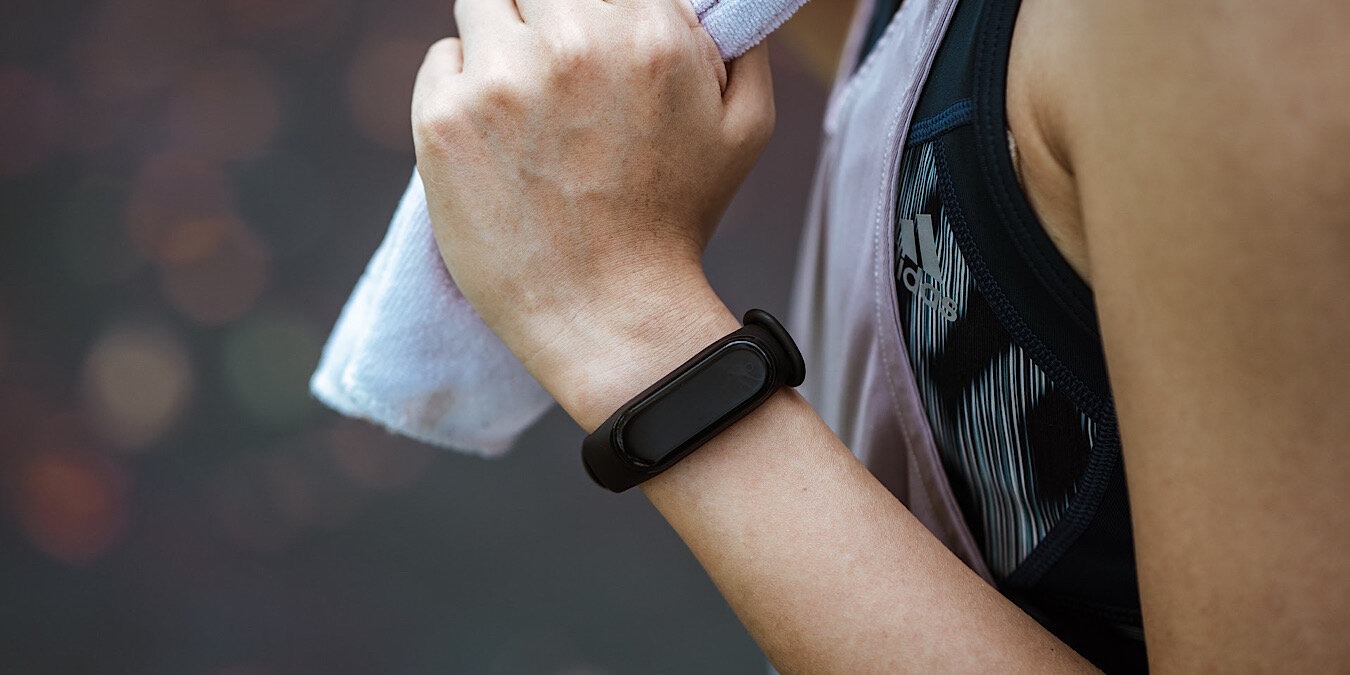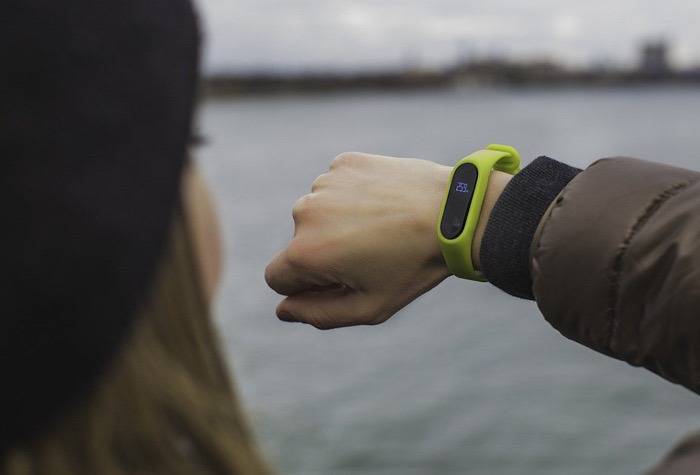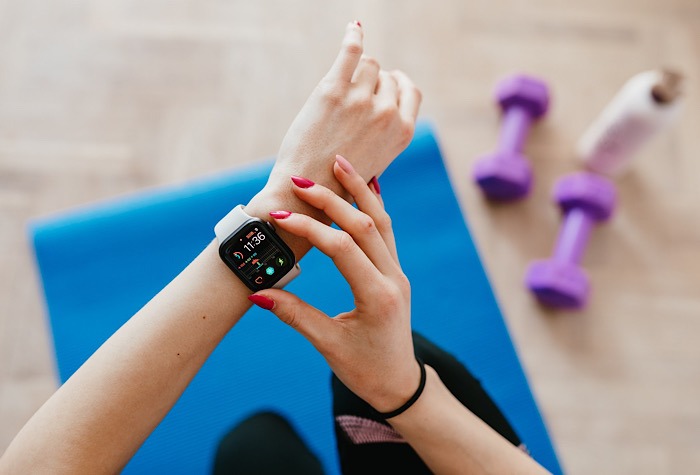
You may be scratching your head and asking, “Really?” after reading the title above. Believe it or not, there is a correct way to wear a fitness tracker or smartwatch. It’s possible you haven’t been getting all the benefits if you haven’t been wearing yours correctly. Here’s a hint: if you’ve been wearing yours like a standard wristwatch, there’s a good chance it’s been reading incorrect data.
Wearing a Fitness Tracker Incorrectly Leads to Incorrect Results
While you would think you should strap your wearable on just like a regular wristwatch, that’s not the right way, surprisingly. And if you wear one like a standard wristwatch, you may not be getting all the health benefits.
Scientists associated with some of the fitness tracker and smartwatch brands explained that when you wear your band so that it lies on your wrist bone, it messes with the readings. Your wrist bone may prevent the band from laying flat. This lets in environmental light.

The problem here is that wearables measure health data with a certain frequency of light on your skin, in this case, your wrist.
Some of the light is absorbed by the skin, and some is bounced back. The light that is bounced back is measured to determine heat data and fitness levels. When extra light shines underneath the tracker, it can alter those readings and provide false data.
This explains a lot to me. I have small wrists and have a difficult time finding bands that fit well, let alone correctly. I have an elastic band that is loose enough that it slips a little on my wrist. When I wear it while walking, it doesn’t register the total number of minutes. It’s obviously because I’m letting too much light in underneath the band.
How to Wear a Fitness Tracker Correctly
This all leads to the question: if you’re not supposed to wear a fitness tracker or smartwatch like a regular watch, how are they supposed to be worn?
To wear your fitness tracker or smartwatch correctly, you should be able to fit two fingers between your wrist bone and the band, according to Emily Capodilupo, Whoop vice president of data science and research. It keeps the band securely in place and won’t be as easily jostled.

Optionally, Copodilupo notes you can also wear your band strapped to your bicep. It could be difficult to wear it this way if you’re wearing a long-sleeved shirt. And let’s ‘ face it, that would look goofy!
Pro cyclist Lawson Craddock makes sure his is tight and in place, adding, “It’s our job to be on top of our game day in and day out, and part of that is learning how your body operates, recovers and progresses.” He needs to have correct data.
Optimally, you need to wear your fitness trackers or smartwatch in any way that will ensure it is measuring your heart rate, steep data, etc., correctly. Now that you know it must have a tight fit to prevent other light from being picked up by the sensors, it should help you determine the correct way for you..
Read on to learn why fitness trackers don’t always track heart rate correctly on people with darker skin.







